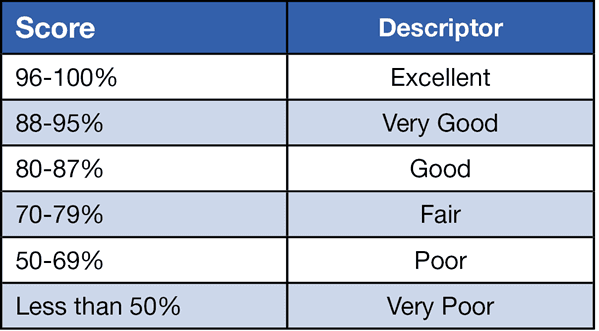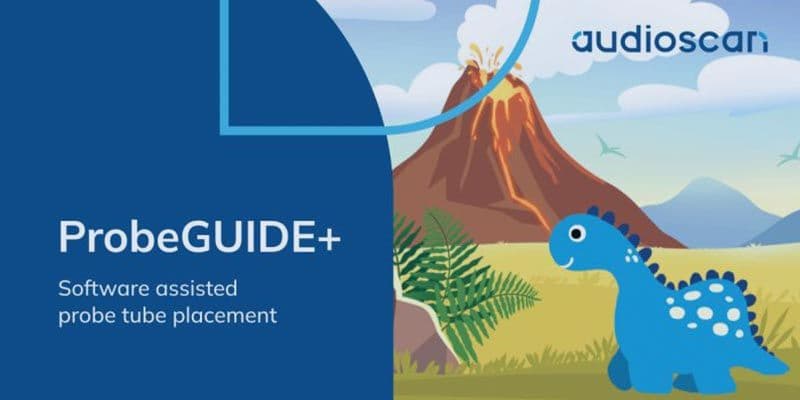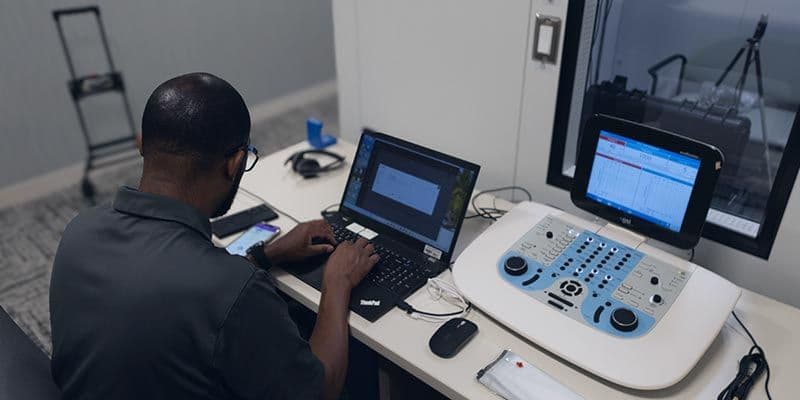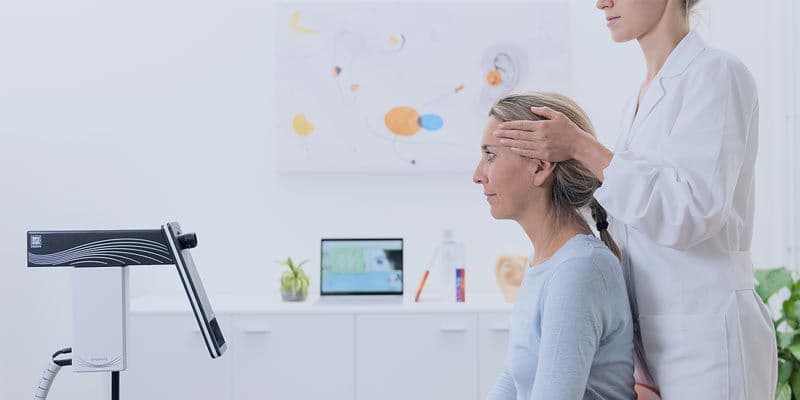Speech Audiometry Essentials: A Guide

After reading this guide, you will understand:
1. What speech audiometry is.
2. The importance of speech audiometry.
3. Common types of speech audiometric tests.
4. How to read speech audiometry results.
5. What is speech in noise testing.
6. Word recognition testing and it’s use in hearing aid fitting.
7. When to mask during speech audiometry.
What is Speech Audiometry?
Speech audiometry refers to a set of hearing tests that measure an individual’s ability to detect, recognize, and repeat spoken words. This is done under various conditions, including quiet environments and backgrounds of competing noise, to simulate real-life listening situations. Speech audiometry is often used in conjunction with pure tone audiometry, but it provides additional information on a patient’s speech understanding ability.
Importance of Speech Audiometry
- Can detect hearing issues that pure tone testing might miss, especially certain auditory disorders.
- Provides a more accurate picture of real-world communication abilities compared to pure tone tests.
- Testing at conversational speech levels can show good understanding for those with normal or near-normal hearing. Reduced speech comprehension for individuals with hearing loss.
- Speech tests are sometimes easier for some groups to respond to, such as children and adults with cognitive decline.





